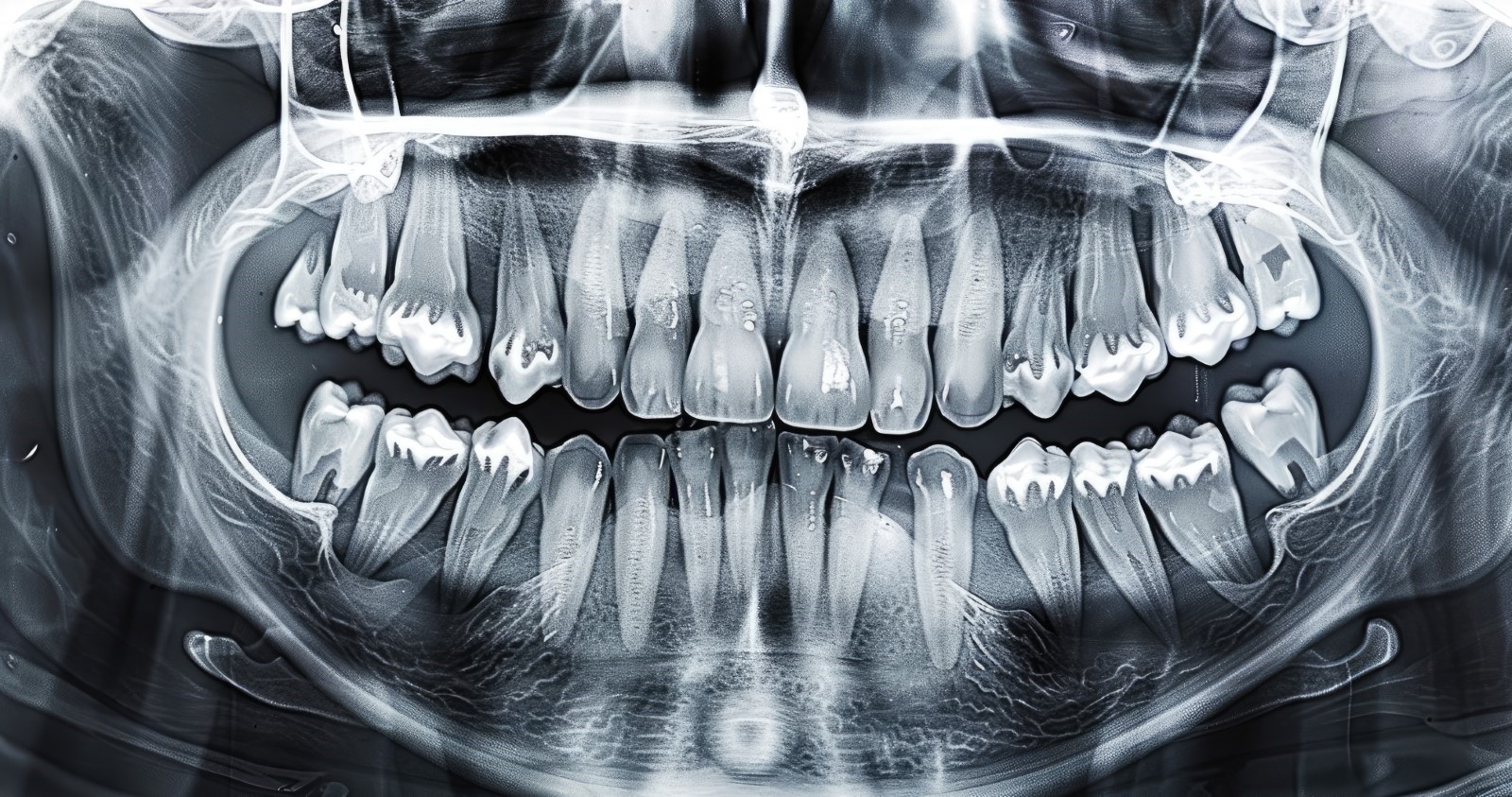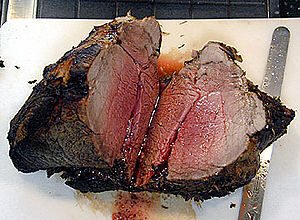Wisdom teeth, the final set of molars that typically emerge in late adolescence or early adulthood, often present various dental challenges. Due to their position in the back of the mouth and the common lack of space to fully erupt, complications such as impaction, infection, and crowding of existing teeth can occur.
Dental X-rays play a crucial role in diagnosing and planning wisdom teeth treatment. These imaging techniques allow dental professionals to view the underlying bone structure and the positioning of wisdom teeth relative to adjacent teeth and nerves.
Read on to learn how X-rays for wisdom teeth can help plan your treatment.
The Importance Of X-rays In Wisdom Teeth Evaluation

Dental X-rays serve as fundamental diagnostic tools that offer insights unattainable through a standard dental examination. These images are crucial for accurately determining the count of wisdom teeth a person has, their developmental path, and their possible effects on nearby teeth and jawbone structures. The detailed visuals can help spot any abnormalities such as impactions, cysts, or infections that could complicate the growth and positioning of these molars.
Before formulating any treatment strategy, particularly for extractions, dentists rely on these X-rays to conduct a comprehensive assessment. This meticulous approach is vital to prevent potential complications and ensure that any intervention is strategically planned to safeguard the patient’s dental health.
However, if you want an in-depth understanding of how an X-ray for wisdom teeth can help plan your treatment, you may visit an experienced dental professional. For more options, you may open your favorite search engine and use keywords like “my dentist in Groton” or similar locations to obtain more accurate search results.
Types Of Dental X-rays Used For Wisdom Teeth
Understanding the types of dental X-rays used for wisdom teeth is essential for accurate diagnosis and effective treatment planning. These imaging techniques offer detailed views of the teeth, bone structure, and surrounding tissues, which help dentists determine the best approach for managing these often problematic molars.
Below are the most common X-rays employed to assess wisdom teeth.
Panoramic X-rays
This type of X-ray offers a broad view of the entire mouth in a single image. It captures all the teeth in the upper and lower jaws, the jawbones, and the sinus areas, making it ideal for assessing wisdom teeth. Panoramic X-rays are particularly useful in determining the alignment of wisdom teeth and their relation to the jaw and other teeth.
Cone Beam Computed Tomography (CBCT)
CBCT provides a three-dimensional image of the craniofacial region’s dental structures, nerve paths, bone, and soft tissues. This level of detail is invaluable for planning surgical procedures, such as extracting impacted wisdom teeth, as it allows the dentist to avoid vital structures like nerves and blood vessels.
Planning The Treatment: The Role Of X-rays
X-rays are invaluable in both diagnosing the condition of wisdom teeth and in crafting a comprehensive treatment strategy. These detailed images allow dental professionals to observe the precise positioning and development of wisdom teeth and provide a blueprint for effective intervention, including wisdom tooth extraction when necessary.
Dentists utilize this information to tailor the best surgical approach for each individual case, anticipating and strategizing around potential complications such as impactions or proximity to critical anatomical structures.
Identifying Impaction Types
Wisdom teeth impaction occurs in various forms—vertical, horizontal, or angular—each presenting unique challenges that require tailored surgical strategies. For instance, vertical impactions, where the tooth is almost normal but trapped under the gum, are typically less complicated than horizontal impactions, which occur when the tooth is lying sideways, pushing against adjacent teeth. Angular impactions, where the tooth is tilted, often lead to significant crowding and displacement of neighboring teeth.
X-rays are essential in these scenarios as they help dentists identify the specific type of impaction and the associated surgical complexities. This enables precise preoperative planning and helps reduce the risk of damage to surrounding tissues.
Assessing Risk of Complications
The strategic use of X-rays in wisdom tooth extraction is crucial for minimizing risks, particularly because these molars are often located near vital structures such as nerves and the sinus area.
By providing a detailed view of the wisdom teeth’s proximity to these sensitive areas, X-rays help dentists devise a surgical plan that avoids these elements and reduce the likelihood of nerve damage or sinus complications. This planning is critical in preventing long-term sensory loss or chronic sinus issues, which can significantly impact a patient’s quality of life.
Future Orthodontic Considerations
X-rays are pivotal in planning future orthodontic treatments following the extraction of wisdom teeth. They offer orthodontists a clear picture of the existing space within the mouth, the alignment of the remaining teeth, and potential for alignment correction. This information is essential for determining whether additional orthodontic interventions are necessary and what those interventions might entail.
For instance, if the removal of wisdom teeth results in significant gaps or misalignments, X-rays will guide the orthodontist in using braces or other devices to optimize dental alignment and functionality.
Aftercare and Monitoring
After the extraction of wisdom teeth, the role of X-rays extends into postoperative care and monitoring. These images are critical for ensuring that the extraction sites are healing appropriately and that the surrounding bone and teeth are adapting well to the changes. X-rays can detect any abnormalities in the healing process, such as the development of dry socket—a painful condition where the protective blood clot at the extraction site is prematurely lost.
Conclusion
Given the information mentioned above in mind, dental X-rays are indispensable tools in the management and treatment of wisdom teeth. They provide essential insights that guide dentists in creating effective, safe, and personalized treatment plans.
By understanding the detailed anatomy revealed through X-rays, dentists can perform wisdom teeth extractions with greater precision to ensure optimal outcomes for their patients. As dental technology advances, the reliance on these sophisticated imaging techniques will continue to grow.








